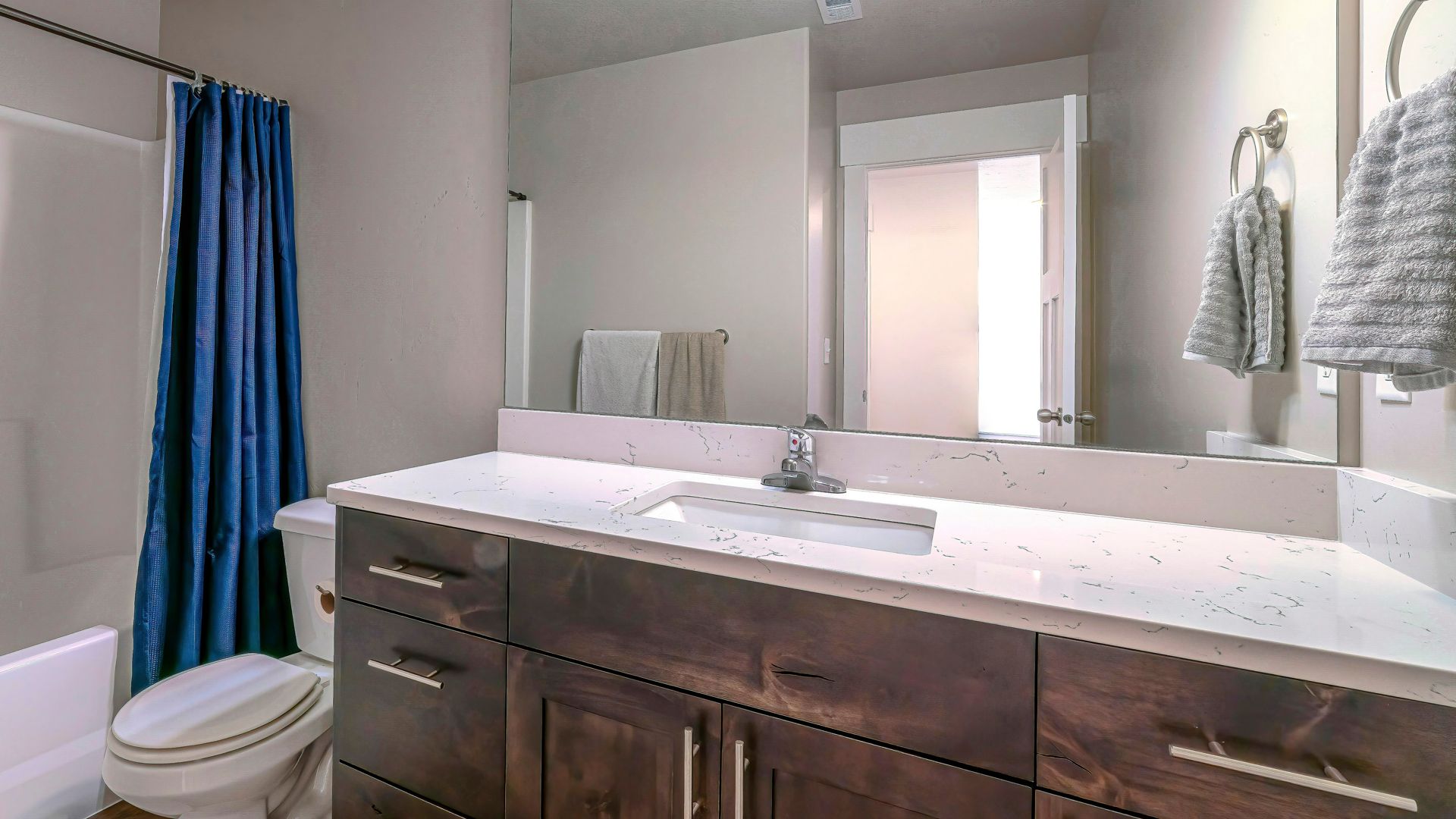When it comes to choosing a new HVAC system, you’ll have a number of things you need to take into consideration. First, you’ll need to consider what type of system you want. There are tons of different types of heating equipment, and there are even several options when it comes to cooling as well. Different types of systems have different advantages and disadvantages. Next, you’ll want to consider what kind of energy efficiency you want. While a more energy-efficient system will save you more on your utility costs, they’ll also have a greater upfront cost. Finally, you’ll want to consider what size HVAC system you need. Choosing the right size is pivotal to your home comfort, as a system that’s too large or too small won’t work properly.
How can you tell if your system is the wrong size for your home? Believe it or not, the symptoms are generally right in front of you. Here are three of those signs that your system is the wrong size and whether you should consider a larger or smaller system to replace it.
Short-Cycling
Short-cycling is the name for the behavior where your air conditioner or heater turns on, runs for only a few short moments, and then immediately turns off again. This is usually a sign that your HVAC system is too big, and is effectively cooling the area of your home around your thermostat, but not the rest of your home. In fact, it may seem like just that small space and maybe a few rooms around it are comfortable, but the rest of your home is either blistering hot in summer or freezing cold during the winter.
Short-cycling is particularly bad for two reasons: it’s hard on your system’s health, and it’s incredibly wasteful on energy. The hardest part of any HVAC cycle is when your system first turns on—motors have to be brought up to speed, different components have to start moving again, and your heating and cooling elements have to be brought to the right temperature. As a result, this part of your cycle uses the most energy and places the greatest strain on different parts of your system. However, if your system is only turning on for a few moments, turning off, and then turning on again a few minutes later, you’re basically just repeating this energy and wear-intensive step over and over again.
Short-cycling systems tend to wear out quickly, often within as little as a few short years. If your system is short-cycling frequently, then it’s too large for your home and you should consider replacing it with a smaller option when the time comes to replace your HVAC equipment.
Long, Unending Cycles
Conversely, long and seemingly unending cycles are a sign that your HVAC system is too small. This means that your system doesn’t produce enough treated or conditioned air to keep your home at the ideal temperature, so the system just runs without stopping. For obvious reasons, this isn’t great for either your energy bill or your HVAC system either. Not only does this burn through way more energy without seeing any results in terms of comfort, but it also wears out important components too.
A system that is too small will typically need to be frequently repaired, mainly because things like blower motors, compressors, and other moving parts will sustain far more wear over a shorter period of time. While you want your system to run for a decently-long cycle, you don’t want it to run without stopping either. If your system refuses to shut off, then you may want to upgrade to a bigger system the next time you need to replace your HVAC equipment.
Numerous Air Leaks & Air Duct Problems
Air ducts will age, and as they do, they will wear out. When air ducts wear out, they develop cracks and air leaks that allow the air you’ve paid in energy to heat or cool to escape. As such, air leaks are frequently one of the leading causes of wasted energy. However, air leaks could also be indicative of a bigger problem: a system that’s too large. When your system outputs more air than your duct system can handle, the pressure inside your air ducts will cause damage to the ducts that could include leaks and cracks.
Think of it sort of like attaching a standard garden hose to a fire hydrant: when you turn on the hydrant, the pressure and sheer volume of water will rip the hose to shreds from the inside. An HVAC system that’s too big may not be this dramatic, but the principle is essentially the same. When your system is too large, you’re going to lose a ton of energy through damaged air ducts, and that also means expensive and frustrating duct repairs as well.
Think your HVAC system is the wrong size? Call A-TEMP Heating, Cooling & Electrical at (503) 694-3396 today and have it inspected by one of our team members.
